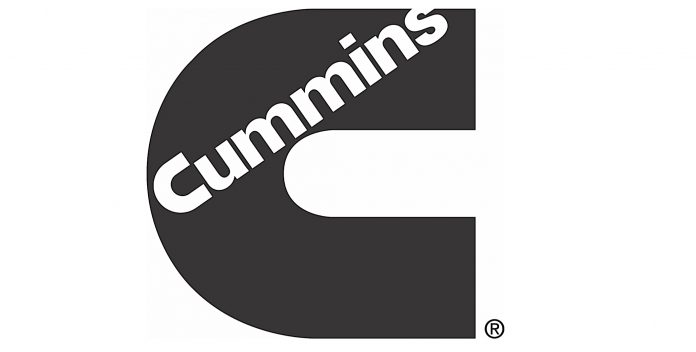Our friend John Whelan at the blog site School Bus Mechanics discussed selective catalyst reduction technology in 2010 EPA compliant diesel engines with a link to a video that shows how it works with diesel exhaust fluid, otherwise known as urea.
Granted, the video shows a Cummins ISX15 engine, Whelan points out that the system works similarly in Cummins ISB and ISC diesels for school buses. He also touches on some frequently asked questions regarding DEF, namely what it is, how much must be used and what happens if you run out.
SCR is going head-to-head with the Navistar MaxxForce EGR diesel engine in meeting EPA regulations. There is going to be a premium for each technology, raising the cost of new school buses by at least $6,000 to $8,000. If you haven’t done so already, now is the time to do some homework.
As STN technology contributor Bob Pudlewski has written previously, the decision on which solution is better, falls solely on the school bus operator’s shoulders, determined by how the individual fleet is used.
Editor’s Note: Last week, we posted an interview with Pudlewski on the increasing importance of oil analysis to determine how your engine is performing, especially when it comes to new SCR and EGR technology that can increase heat and pressures within the engine that has changed how oil can be contaminated.
















